Who says you can’t do it all?
LEADERS: You can have EXCELLENCE in all Four of the Legs on YOUR WORKPLACE’S SAFETY CULTURE STOOL! HERE’s HOW and WHY!
Understanding each of the 4 Legs of the SAFETY CULTURE EXCELLENCE STOOL – It’s Essential for Leaders!

Are you a CEO, an executive, or a safety leader in your Workplace? Regardless of the titles we hold or the initials that we give to Health, Safety and Environmental endeavors…it still comes down to people being in the workplace who are fully cognizant of and devoted to reducing the risks of harm to employees in that workplace – physical or psychological. And, the ability to instill mindsets with our people to “want to protect themselves” and “to go home at the end of the day with all their parts (legs, arms, eyes, ears) intact” – the behaviors they choose are critical, as are the behaviors our Leaders Expect, Embrace and Enforce.
OSHA tells us that despite new technologies, more mandatory training, more regulations, more policies and procedures, and yes, more compliance officers…the annual statistics for fatal injuries and recordable injuries on the job have hardly moved the needle. Similarly, the top 10 most cited violations keep showing up…Falls, Scaffolding, Ladders, Lock-Tag-Try, Powered trucks, Machine guarding and Hazard Communications/exposures. Why is that?
Why isn’t progress happening? (Experts tell us that genuine employee engagement is dropping while these statistics rise!)
In the past, we’ve talked about the 3-legged stool of Workplace Safety for which safety leaders must be focused, including:
- Occupational Safety: Related to potential injuries from slips, trips, moving machinery, etc.
- Occupational Health: Related to preventing latent, long-term effects from potential injuries like carpal tunnel, and effects of inhalations – asbestos being an example. (Now, of course, in the time of COVID 19 we have even more to concern ourselves in the Health-arena).
- Process Safety Management (PSM or PSMS): Ensuring standards are complied with (OSHA) in many industries that handle hazardous substances (intended to prevent or minimize the consequences of a catastrophic release of toxic, reactive, flammable or explosive HHC’s from a process).
It is a big job – keeping people safe – regardless of which leg of the stool we’re particularly focused upon.
Yet, today, with this new decade of workplace violence rearing its ugly head, we know that we have to add a fourth leg to the Safety Stool. This 4th leg addresses the security/civility of our people – because diligent awareness to workplace violence prevention is required (to promptly address inside harassment/bullying and incivility or to thwart a provoked active shooter who enters the Workplace to do harm).
- Social Risk: The fourth leg of the stool is what is called “Social Risk.” Another way to say it is the psychological harm that comes with repeated bullying, harassment, dysfunctional behaviors, (civility not being required), that leave workers dreading to go to work, or that increase the risk of home-growing an active shooter, or having a suicide or murder in your workplace, let alone the bad press that comes with a highly-publicized incident. Requiring a civil workplace is integrated here. Not paying attention to social risk manifests into psychological harm as the continuum of bad behaviors escalate in the workplace – and ultimately, can impact people in harmful ways. (Add COVID 19 to the mix and this 4th prong of Social Risk takes center stage.)
Roll it all up and what do you have?
The Safety Leadership Biggie: Workplace Culture.
SO…what can YOU do about this? How do you get out in front of it?
In the Professional Safety Magazine a couple years ago, a peer-reviewed article on safety culture showed that, “Leadership is the antecedent to safety culture and is essential for fulfilling the intent of OSH throughout industry. It is critical to the creation, support and drive of an organization’s safety culture.” Also, “Executives and Safety Leaders should understand the impact that their Leadership style can have on Safety culture.”
We couldn’t agree more!
We look at the “whole organization’s culture” – including safety, security, civility, and the means and quality of engagement. Leadership makes the impactful difference. The OSHA general duty clause requires that employers provide a “safe workplace environment” for employees. There’s no doubt that a hostile environment/toxic workplace impacts the psychological safety of workplaces (i.e., bullying, harassment, sexual harassment, vengeful acts). There’s no doubt that disregard for OSHA regulations impacts the physical safety of the people in our workplaces. There’s no doubt that the security of our facilities and people’s awareness of intrusion/perpetrators intent to do harm, is critical. (i.e., workplace violence prevention/security vulnerability). There’s no doubt that when the above focus is absent, effectiveness plummets.
Leadership should hold the expectation that their people need to return home from work whole – no one harmed physically nor psychologically – and be willing to hold that principled-stand (always). From that public stance, leaders can move forward, choosing to live that value in their actions and making an effective difference. Engaging effectively with your people – at all levels is key to safety leadership.
CEOs, leaders, safety officers, team leaders set the safety, health, security and social-related culture, period. Leaders are charged to ensure that culture remains steadfast and promptly address the behaviors that bring down people and teams.
There can be no ignorance of, or turning away from, dysfunctional or unsafe behaviors that need to be identified and addressed, or safety rules that have been violated. Leaders are charged with enforcing the standards of the organization (and not selectively). A lack of engaged leadership and/or allowing incivilities lead to issues on several fronts – so every organization needs to be creating this authentic essence – across the board – across all 4 legs of the safety stool.
“It is too much,” you say? “You Can’t Do It All?”
Oh, Yes, YOU CAN!
If you consider two sides of the penny metaphor (Lincoln’s face side indicative of the people/psychological side, and the Lincoln Memorial’s facility side indicative of the safety/security side of the organization), then you can clearly see that the copper in the penny – that integrates both sides and throughout – is indeed, the LEADERSHIP component of the metaphor. That’s the leadership effect on workplace culture.
Leadership practices (i.e., level of engagement, degree of autonomy, enforcement of standards, clarity of focus, amount of collaboration, cohesiveness, support, communications/feedback, etc.) are key to an organization’s effectiveness. And leaders are just like that copper – they impact the whole enchilada – or, per the metaphor, the whole penny – the whole organization.
For us at NageleKnowlesAndAssociates.com, we look very closely at Leadership. It doesn’t take much to see when an organization lacks good leadership. It shows up in Safety compliance, in your entire stance on Safety and Health and Civility – across the board, in your overall culture, in security measures and in active shooter readiness, in workplace performance and results, in employee engagement, civility, turnover, involvement, participation, in awareness of what is happening within (i.e., bullying, harassment, cover-ups), and in leadership’s effectiveness to create, maintain and embrace the value of every person as an individual, thus enabling a positive and safe workplace culture. All of these can be changed for the better – and very quickly.
We Teach Leadership.
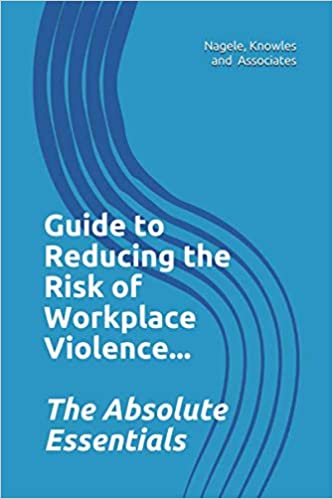 We teach how leaders (up and down the organization) can get it all done – by understanding first, how to lead and to know and follow the tenets of authentic Leadership, including embracing the Engagement Diamond© – a leadership process of Richard N. Knowles and Associates. And, we also teach (every level of your organization) how to effectively engage the people you’ve hired to work together in your organization to do their work with the highest attention to safety, security, civility and effectiveness. It can be done! (We’ve proven that over and over again).
We teach how leaders (up and down the organization) can get it all done – by understanding first, how to lead and to know and follow the tenets of authentic Leadership, including embracing the Engagement Diamond© – a leadership process of Richard N. Knowles and Associates. And, we also teach (every level of your organization) how to effectively engage the people you’ve hired to work together in your organization to do their work with the highest attention to safety, security, civility and effectiveness. It can be done! (We’ve proven that over and over again).
To this point, we invite you to connect with Amazon to order up a copy of our Amazon best-selling book, “Guide to Reducing the Risk of Workplace Violence – the absolute essentials.” In it we address the entire spectrum of workplace violence – the culture that extends from the psychological aspects to the physical aspects to the Leadership aspects, and to the active shooter aspects.
It is a safety/health/security/civility spectrum and it translates both to the Professional Safety Magazine article and to what we do for Leaders and their Teams, in their Workplaces every day.
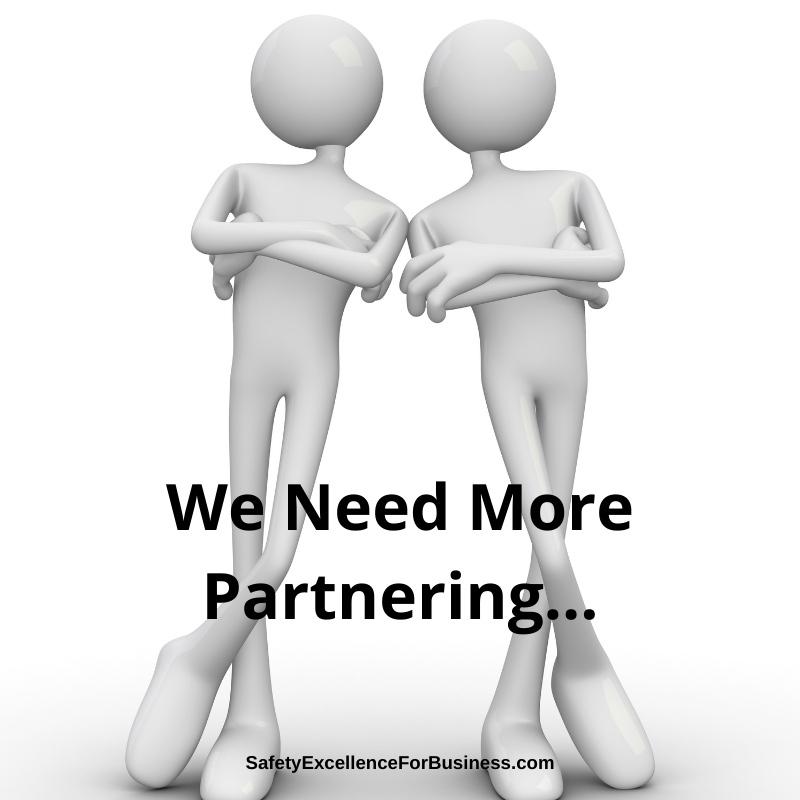 The COVID-19 pandemic, the return to school questions, the protests and riots in so many of our cities, the bitter political campaign, the demand for using the “correct” words, are driving people crazy. The COVID-19, the questions, the anxieties and concerns, spill into our workplaces causing a lot of uncertainty and stress. We see this happening every day. Our businesses, our schools and hospitals, our governments, and not-for-profits, at all levels, are struggling. Changes and pressures are coming faster and faster.
The COVID-19 pandemic, the return to school questions, the protests and riots in so many of our cities, the bitter political campaign, the demand for using the “correct” words, are driving people crazy. The COVID-19, the questions, the anxieties and concerns, spill into our workplaces causing a lot of uncertainty and stress. We see this happening every day. Our businesses, our schools and hospitals, our governments, and not-for-profits, at all levels, are struggling. Changes and pressures are coming faster and faster. In thinking about your own place where you work, what do you suppose it would be like if you did some of these things? Do you think that you could begin talking with others about the COVID-19 challenges and building a more respectful environment? What do you think it would be like if you could openly talk together about the important issues like workable, social distancing and improving the safety of your job?
In thinking about your own place where you work, what do you suppose it would be like if you did some of these things? Do you think that you could begin talking with others about the COVID-19 challenges and building a more respectful environment? What do you think it would be like if you could openly talk together about the important issues like workable, social distancing and improving the safety of your job? When I was transferred to the DuPont Belle, West Virginia plant in 1987, the Total Recordable Injury Case Rate (TRC) was about 5.8 and emissions to air, water and ground, as reported in the EPA Toxic Release Inventory (TRI) annual report, was over 6,000,000 pounds/year. Within three years, both of these had dropped by about 95% to a TRC of about 0.3 and a TRI of about 275,000 pounds/year. Emissions to the environment is one way to measure how well the process safety is working; the better the process safety work, the lower the emissions to the environment.
When I was transferred to the DuPont Belle, West Virginia plant in 1987, the Total Recordable Injury Case Rate (TRC) was about 5.8 and emissions to air, water and ground, as reported in the EPA Toxic Release Inventory (TRI) annual report, was over 6,000,000 pounds/year. Within three years, both of these had dropped by about 95% to a TRC of about 0.3 and a TRI of about 275,000 pounds/year. Emissions to the environment is one way to measure how well the process safety is working; the better the process safety work, the lower the emissions to the environment.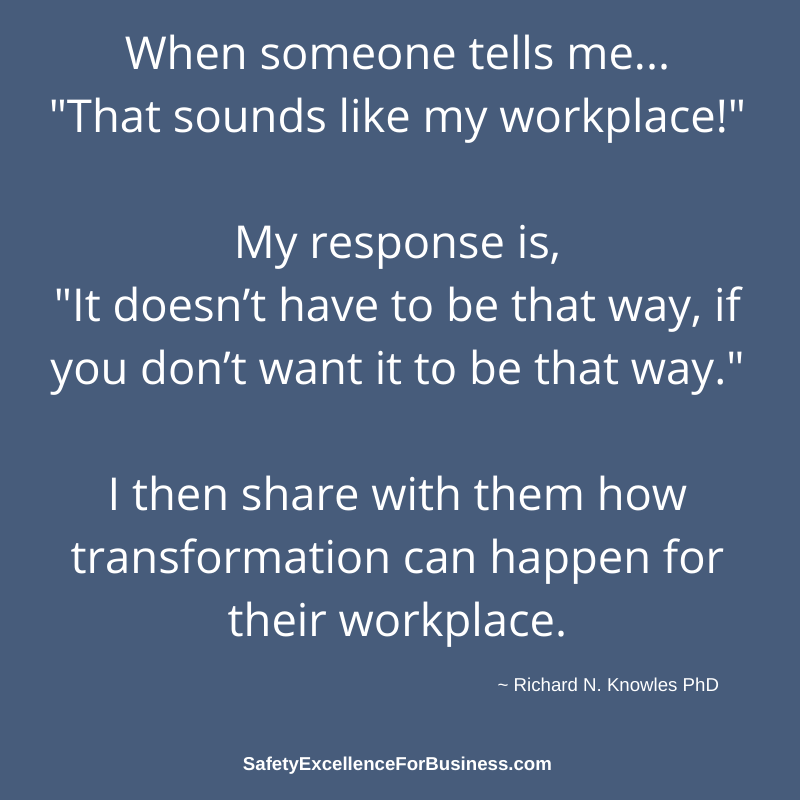 The process safety management collapsed in January of 2010 with major, accidental releases to the air and river and they had a man get killed with a phosgene release. When the US Chemical Safety Board investigated in late 2010, they reported that while the occupational safety and health performance was the best in the DuPont Company, the process safety management had fallen apart and the plant was not even using the DuPont standard procedures. This was a sad commentary about how far things had fallen.
The process safety management collapsed in January of 2010 with major, accidental releases to the air and river and they had a man get killed with a phosgene release. When the US Chemical Safety Board investigated in late 2010, they reported that while the occupational safety and health performance was the best in the DuPont Company, the process safety management had fallen apart and the plant was not even using the DuPont standard procedures. This was a sad commentary about how far things had fallen. You can’t turn on the news or check your Internet homepage without sensing the depth of the issues that our country is experiencing. Whether it is returning to the workplace amidst COVID-19 rules, political protests, religious non-tolerance, or negative nightly news events – we’re experiencing a wide berth of dramatic events. And each of us has an opinion, a response, a way that we individually see these events and cope with this discord.
You can’t turn on the news or check your Internet homepage without sensing the depth of the issues that our country is experiencing. Whether it is returning to the workplace amidst COVID-19 rules, political protests, religious non-tolerance, or negative nightly news events – we’re experiencing a wide berth of dramatic events. And each of us has an opinion, a response, a way that we individually see these events and cope with this discord.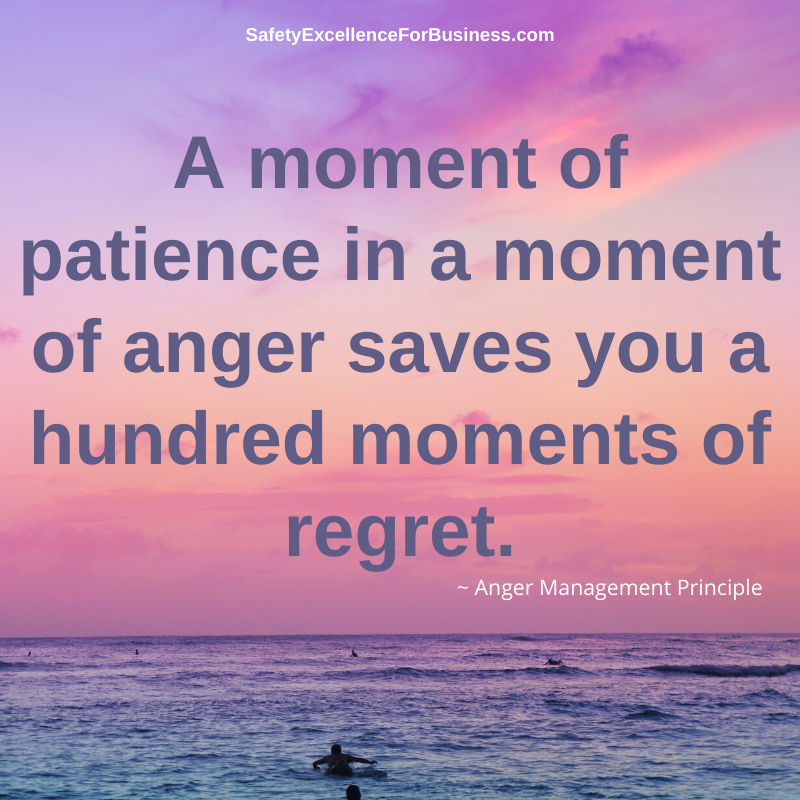 It doesn’t have to be that way! Take a timeout!
It doesn’t have to be that way! Take a timeout! The pain and suffering is miserable.
The pain and suffering is miserable.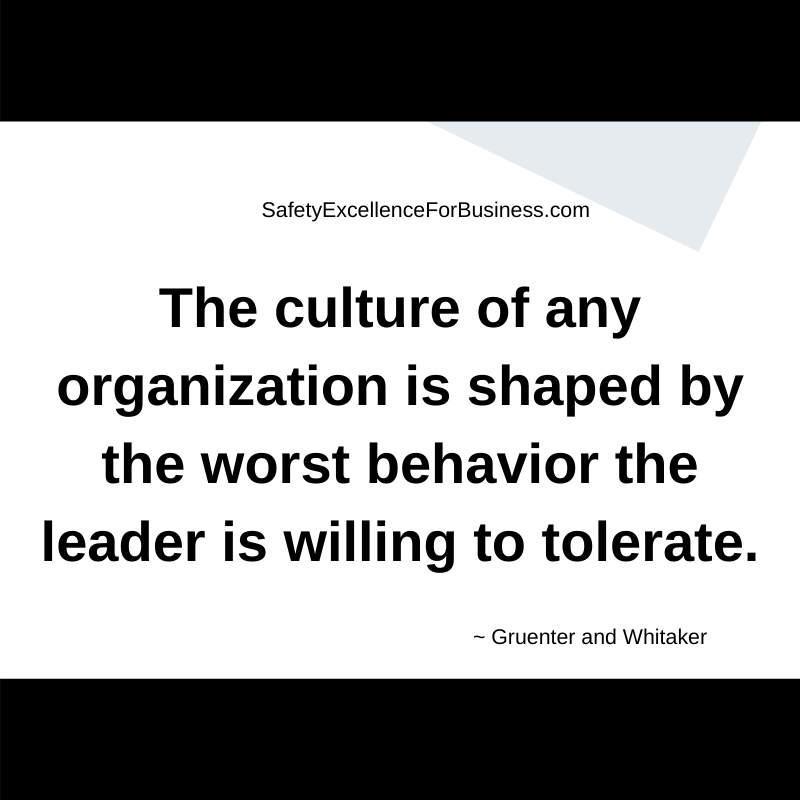 Changes are coming fast and furious. Everything seems to be changing all around us. This can cause unsettling feelings and a loss of control. However, in the middle of all this change, one area that can be steady for us is our relationships with each other.
Changes are coming fast and furious. Everything seems to be changing all around us. This can cause unsettling feelings and a loss of control. However, in the middle of all this change, one area that can be steady for us is our relationships with each other. Artificial intelligence and robots, block chains and bitcoins, the opioid epidemic, political strife, and workplace violence, international worries and potential conflicts are some of the challenges facing all of us. There is a critical need for people, in all walks of life, to come together to openly and honestly talk about our challenges, share our thinking and learn together. We do not have to be blindly swept along. We can make decisions and do the things that we need to do to help to make the world a better place.
Artificial intelligence and robots, block chains and bitcoins, the opioid epidemic, political strife, and workplace violence, international worries and potential conflicts are some of the challenges facing all of us. There is a critical need for people, in all walks of life, to come together to openly and honestly talk about our challenges, share our thinking and learn together. We do not have to be blindly swept along. We can make decisions and do the things that we need to do to help to make the world a better place.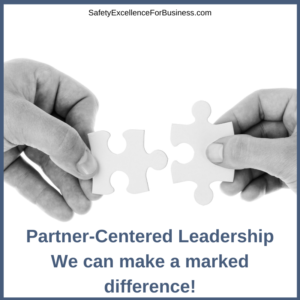 When I talk about safety. my thinking goes well beyond the traditional safety numbers, training and procedures. It includes ideas about respect and how everyone has agreed to work together. It includes ideas about personal responsibility, integrity and dedication to helping everyone improve. It includes openness, honesty and sharing information abundantly. It includes ideas about the deeper, often hidden patterns of behavior which have a profound impact on the work environment and drive much of the behavior. It includes the fact that the managers and leaders have the largest impact on their organization’s performance. It includes the understanding that managers focus on reliability, stability, predictability and control as they try to maintain the status quo and that leaders focus on the people, change and the future sharing information abundantly, treating people with respect and helping people find meaning in their work. Both good leaders and managers are needed.
When I talk about safety. my thinking goes well beyond the traditional safety numbers, training and procedures. It includes ideas about respect and how everyone has agreed to work together. It includes ideas about personal responsibility, integrity and dedication to helping everyone improve. It includes openness, honesty and sharing information abundantly. It includes ideas about the deeper, often hidden patterns of behavior which have a profound impact on the work environment and drive much of the behavior. It includes the fact that the managers and leaders have the largest impact on their organization’s performance. It includes the understanding that managers focus on reliability, stability, predictability and control as they try to maintain the status quo and that leaders focus on the people, change and the future sharing information abundantly, treating people with respect and helping people find meaning in their work. Both good leaders and managers are needed. For example, the workers on the Deepwater Horizon drilling platform received good recognition for outstanding occupational safety performance (the slips, trips and falls sorts of incidents) just a day or two before the explosion on April 20, 2010, that killed 11 people and injured 17 others. The pressures from top management to get into production led to failures of their process safety management (PSM) systems and processes. Communications were limited because management did not want to hear of more problems; they were driving the production schedule. The fine occupational safety performance masked the PSM deficiencies which are more subtle and invisible to upper managers, unless they are keenly aware of the needs for excellent PSM.
For example, the workers on the Deepwater Horizon drilling platform received good recognition for outstanding occupational safety performance (the slips, trips and falls sorts of incidents) just a day or two before the explosion on April 20, 2010, that killed 11 people and injured 17 others. The pressures from top management to get into production led to failures of their process safety management (PSM) systems and processes. Communications were limited because management did not want to hear of more problems; they were driving the production schedule. The fine occupational safety performance masked the PSM deficiencies which are more subtle and invisible to upper managers, unless they are keenly aware of the needs for excellent PSM.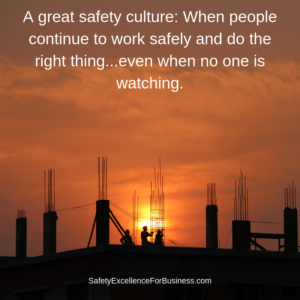 Now we have another example with the mess at Boeing and the 737 Max crashes. Top management was feeling the pressures for market share from Airbus and putting terrific pressures on cost reduction and faster production.
Now we have another example with the mess at Boeing and the 737 Max crashes. Top management was feeling the pressures for market share from Airbus and putting terrific pressures on cost reduction and faster production.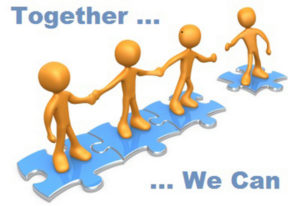 This is quite attainable with authentic, courageous leaders who take a stand that this is the sort of place they want to lead. The knowledge and technology are available and broadly known by lots of people so I want to share my own experiences.
This is quite attainable with authentic, courageous leaders who take a stand that this is the sort of place they want to lead. The knowledge and technology are available and broadly known by lots of people so I want to share my own experiences.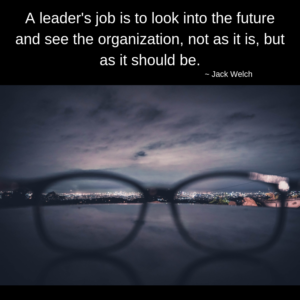 This all began with my determination to work on improving respect, civility and safety. As I built credibility and trust with everyone, people began to make improvements in many other areas. Everything got better.
This all began with my determination to work on improving respect, civility and safety. As I built credibility and trust with everyone, people began to make improvements in many other areas. Everything got better. In 2017, Gallup, Inc. published their “State of the Global Workplace,” looking at the levels of productivity around the world. They were concerned about the decline in productivity and wanted to develop a better picture of the situation. High productivity is a key to having a good quality of life, and this relates to how involved people are in their work. They found that worldwide, only about 15% of the people are highly involved. This varies from country to country with the highest levels of involvement in the USA and Canada at 31%. Those businesses in the top quartile of employee involvement in their global study are 21% more profitable and 17% more productive. They also have 70% fewer safety incidents, 40% fewer quality incidents, 41% lower absenteeism, and 59% lower turnover. The positive impact of employees being highly involved is huge.
In 2017, Gallup, Inc. published their “State of the Global Workplace,” looking at the levels of productivity around the world. They were concerned about the decline in productivity and wanted to develop a better picture of the situation. High productivity is a key to having a good quality of life, and this relates to how involved people are in their work. They found that worldwide, only about 15% of the people are highly involved. This varies from country to country with the highest levels of involvement in the USA and Canada at 31%. Those businesses in the top quartile of employee involvement in their global study are 21% more profitable and 17% more productive. They also have 70% fewer safety incidents, 40% fewer quality incidents, 41% lower absenteeism, and 59% lower turnover. The positive impact of employees being highly involved is huge.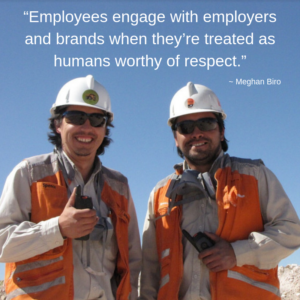 Most people in management positions focus on systems and processes like running a payroll or production line. They want reliability, predictability, control, and stability, which are important for much of the business. But when they apply this approach to people, things go downhill. This approach results in 71% of the people globally being unengaged and 19% being actively disengaged. Morale, safety and engagement are a mess. Managers engage in managership, and this will not solve the problem of building higher levels of engagement.
Most people in management positions focus on systems and processes like running a payroll or production line. They want reliability, predictability, control, and stability, which are important for much of the business. But when they apply this approach to people, things go downhill. This approach results in 71% of the people globally being unengaged and 19% being actively disengaged. Morale, safety and engagement are a mess. Managers engage in managership, and this will not solve the problem of building higher levels of engagement.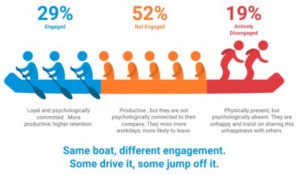
 The way in which we think about and work with all the people is a key shift that is needed.Leading thinkers like Eric Hollnagel, Tom McDaniel, Beth Lay, Carl Stent, and Ron Gantt are searching for better, more effective ways of engaging with everyone to build on the good things people are doing.
The way in which we think about and work with all the people is a key shift that is needed.Leading thinkers like Eric Hollnagel, Tom McDaniel, Beth Lay, Carl Stent, and Ron Gantt are searching for better, more effective ways of engaging with everyone to build on the good things people are doing.




